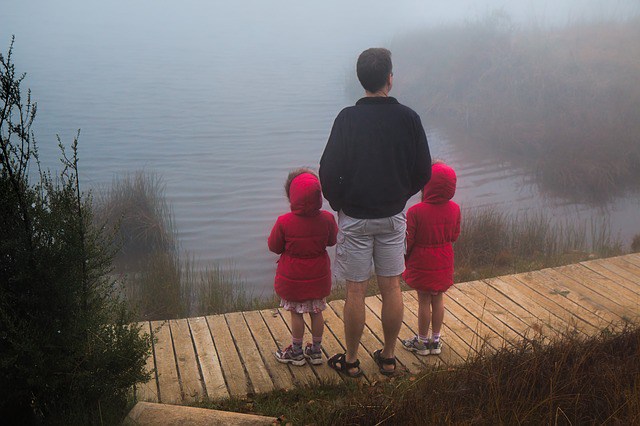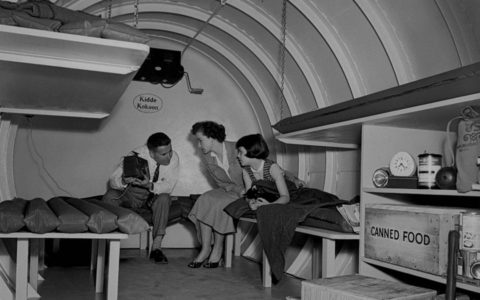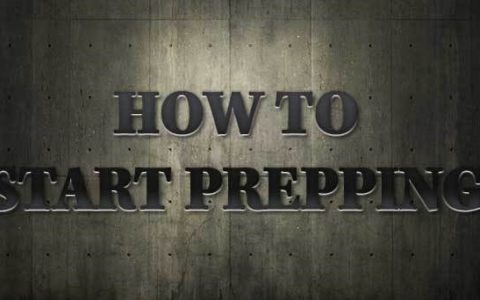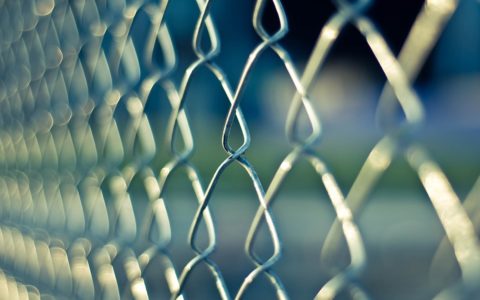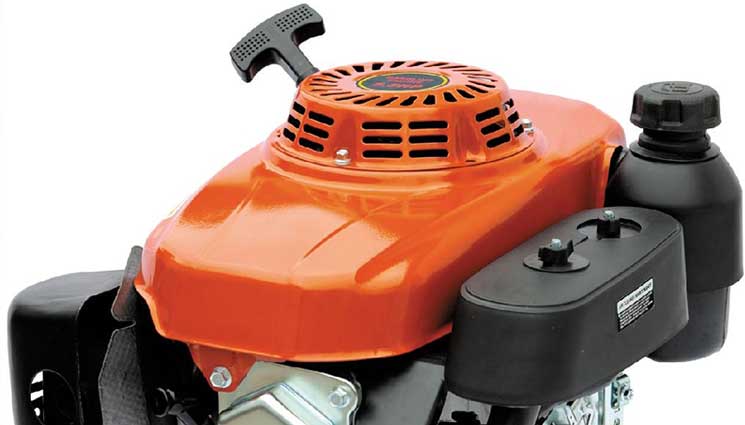
Disasters, both big and small, bring on a range of emotions. These emotions can include fear, confusion, uncertainty, anger, and others. Include with those emotions the possibility of danger and dealing with a situation you may not have dealt with before and you could experience panic.
What is panic? It is a state of emotional being that causes you to act uncontrollably, freeze, shut down and/or react in a dangerous or illogical manner. In other words, it means you are unable to think well enough to act properly. Panic is not going to help you in a disaster situation.
In this article, I will help you learn how to recognize panic, combat the onset of panic, and react in a logical and helpful manner in spite of your initial emotional state. With some practice, you can prepare now so that when emergencies happen, you will be able to lead and less likely to panic later.
Panic is an extreme state of fear, terror, dread, horror, anxiety, etc. It will either cause a bad reaction to a situation, or even worse, to freeze and not react at all. We’ve all been uneasy, anxious, or afraid. Panic is an extreme onset of these emotions. If your mind is racing, your body is tensed, your heart is beating extremely fast, and you can’t think straight, you are well on the road to panic. So, what can you do?
If you feel panicky, stop and take a deep breath. Calm yourself and think through the situation. Determine your priorities and then act. Easier said than done, for certain, but there is a three-step process to help you with situations you can reasonably expect. You must Predict, Prepare, and Practice.
PREDICT future scenarios
Determine situations and scenarios that may occur, from most likely to least likely (i.e. severe weather and nuclear war, as two possible extremes). List them out in order from most likely to least likely. Then decide what your reaction should be. Once you have decided what your reaction should be, decide what you will need to react to that situation. For instance, for severe weather, have appropriate clothing and know where the best place in your work, home, etc., is for you to shelter from that weather.
PREPARE now to keep family safe
For each of the scenarios you predicted above, determine what you will need to act appropriately. For instance, in the severe weather scenario, have appropriate clothing where you can get to it. Whether this is warm clothing, rain gear, rubber boots or other gear, obtain it and put it where you might need it. You may wish to place some gear in the trunk of your car for commuting or trips. You may want to pre-position extra gear at work or keep an emergency poncho in your briefcase or backpack. The point, get what you need and put it where you need it. A warm coat and gloves left at home, do you no good if a blizzard hits while you are at work.
PRACTICE situations you may face
This is a critical thing to holding down panic. For each of the scenarios above, practice what you would do. For severe weather, have a tornado drill and have your family all go to the safest room in your home. For a fire at work, take a walk down the emergency escape route (as long as you don’t trigger any alarms). For things you absolutely cannot practice, think through the scenario and decide what to do ahead of time. You can’t practice for every possible situation, but if you spend the time practicing for likely scenarios, you will practice keeping calm and thinking through the situation, then acting accordingly. You’ll find that even in scenarios you may have never practiced, you’ll be much calmer, and a calm person makes better decisions. That brings up the importance of preparedness training.
Do your family members, employees and associates know what to do in the case of an emergency? Sure, you’ve probably done a fire drill or two, but what about other emergencies or disasters? Are you always going to evacuate the building like you would for a fire? Probably not.
In some emergencies you’re safer if you stay inside, at least temporarily. For example, what if a chemical spill happens near your building or home? If you just run out into the street, you may run right into the fumes. Emergency responders can help you decide which way to evacuate, and when is safest. If there is civil unrest or a riot going on out in the street, you may want to wait until it subsides or the police direct you to safety. The same thing applies to terrorist attacks, as you don’t want to evacuate your building right into the line of fire.
In other types of emergencies, you won’t have time to evacuate the building. Do your family members or employees know what to do if a Tornado approaches, or if an earthquake occurs? Knowing where to go ahead of time can make the difference between safety and possible life-threatening injuries.
Staying in place is generally a good strategy when there is more danger outside than inside. Staying inside is known as “sheltering in-place.” Sheltering in-place is usually a temporary method of staying safe until the danger subsides. For example, if a tornado warning is in effect for your location, it is safer to shelter in-place until the danger passes and the warning is cancelled or expires. Also, the place to shelter is not next to a big plate-glass window!
Still, there are emergencies where it is absolutely advisable to get out of the building as expeditiously as possible, such as a fire or gas leak.
The point is, the time to decide what to do is definitely not when the emergency occurs. You should think through the different types of emergencies and what your best course of action is for each. This is where emergency preparedness training comes into play. If you take the time to inform your family members, neighbors, or employees, you can ensure their safety, and therefore your own.
Everyone should be trained on what to do for each type of emergency. They should be taught in which emergencies to evacuate and where to meet up to ensure everyone got out safely. This will help the first-responders know if they have to rescue anyone and how many there are.
In addition, train your family members or employees on when not to evacuate. Examples include earthquakes, tornadoes, thunderstorms, etc. They should also know where, in particular, to shelter. For tornadoes, an interior, windowless room on the lowest floor is best. For earthquakes, however, choose a sturdy door-frame or shelter under a sturdy, non-glass desk or table.
The whole point of this article is to emphasize that everyone must be trained to:
- Understand the dangers and hazards that may occur in their location
- Know what to do in each particular case, including where to go
- Actually practice what to do in these situations.
The way to do this is to work through a Basic Plan for your business or organization, including your personal organization, your family. Then practice it!
Remember the three Ps: Predict, Prepare and Practice! Doing these things will help you learn how to keep from panicking. Perform the three Ps as much as you can, and you will be in a much better position to hold down panic and act accordingly. It may just save lives!



